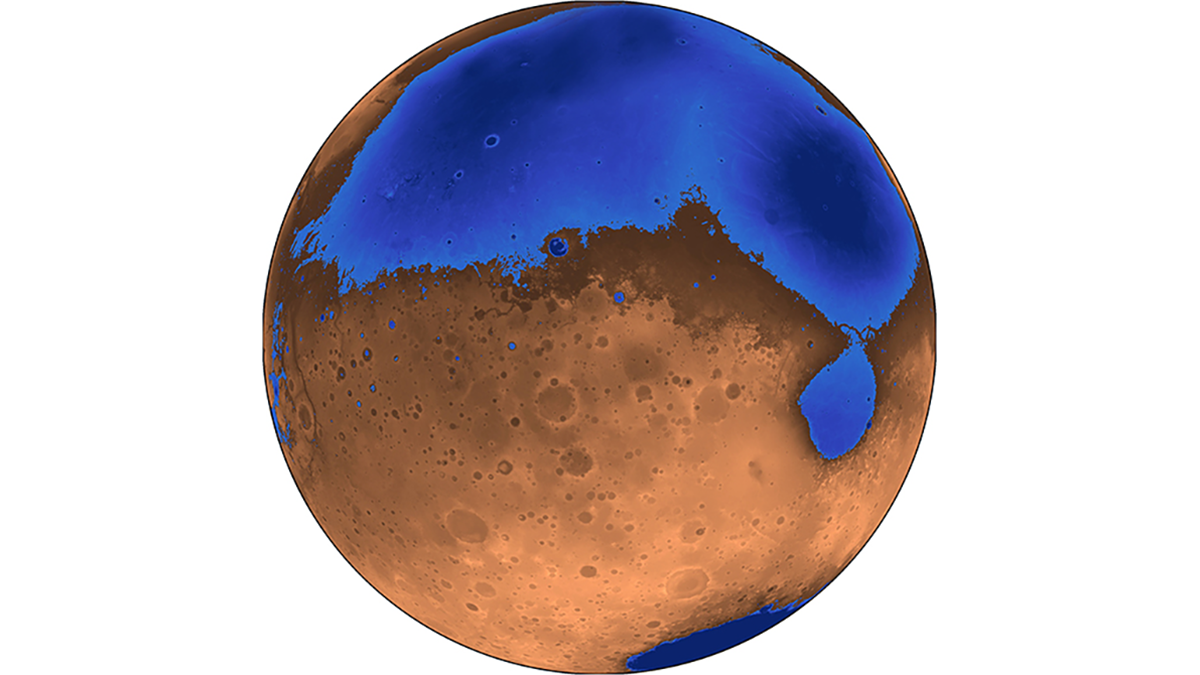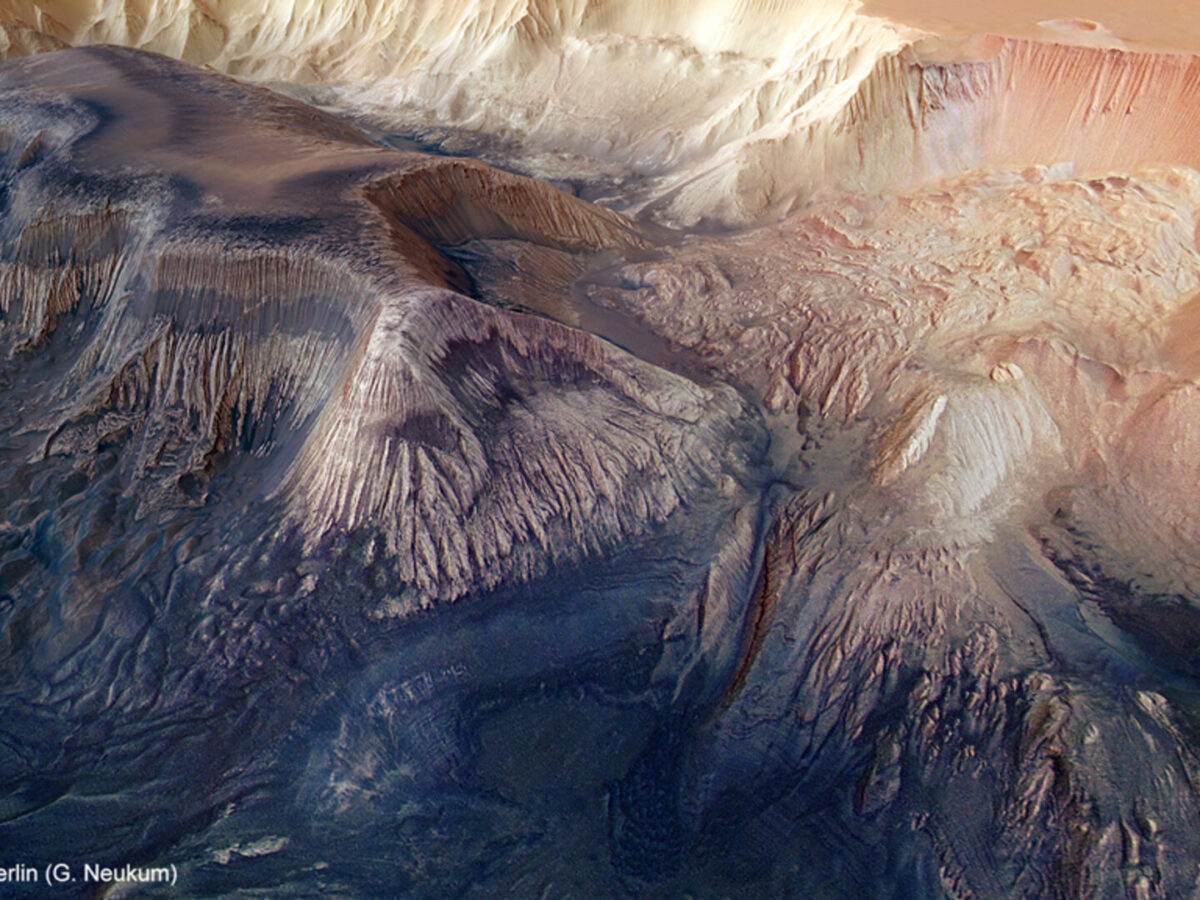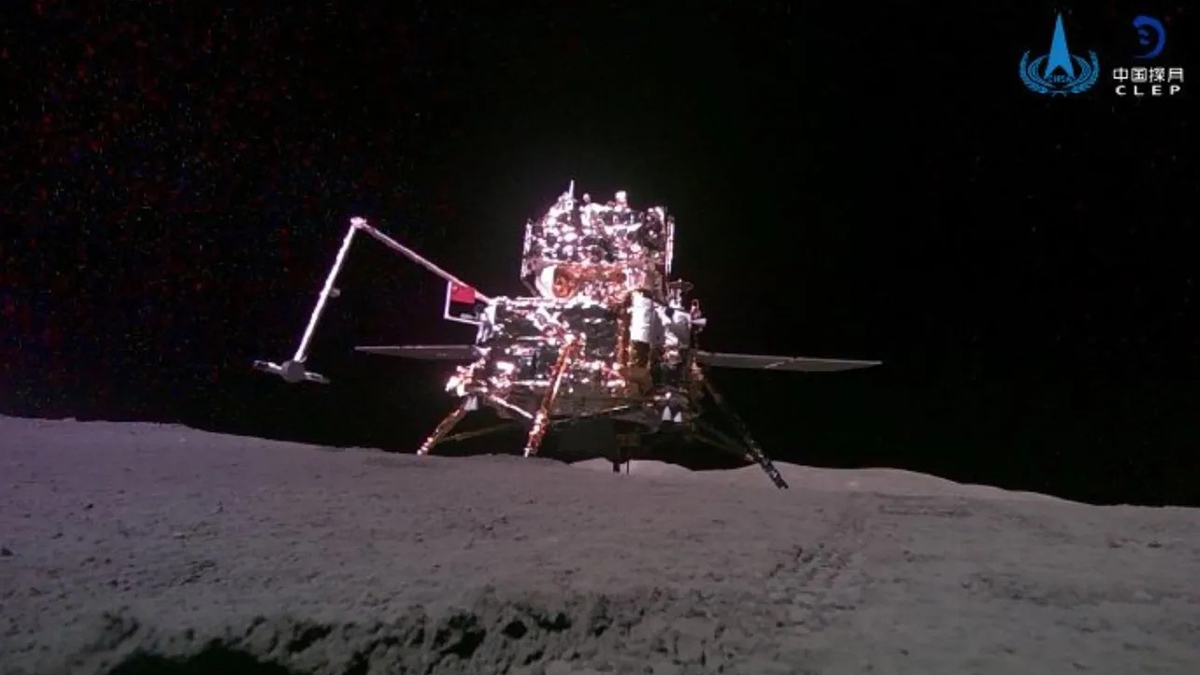Ground-penetrating radar data collected by the Zhurong rover reveal gently sloping sediments in Mars’s northern lowlands that hint at a shoreline.
planetary surfaces
Landslides in Hebes Chasma, Mars
The Landslide Blog is written by Dave Petley, who is widely recognized as a world leader in the study and management of landslides. I rarely write about landslides on other planetary bodies, primarily because this is outside of my comfort zone. However, the European Space Agency (ESA) image below popped up on my feed this […]
Human Activities Might Create Temporary Atmospheres on the Moon
Outgassing could pose problems for long-term habitation of the Moon, including health hazards for astronauts, hindrances for electronics, and hampered scientific study.
Pluto’s Small Moons Are Unlike Any Other
The strange blend of surface chemistry on Nix and Hydra raises big question about the evolution of the Pluto system.
Fifteen Years Later, Scientists Locate a Lunar Impact Site
The impact crater from NASA’s LCROSS mission lies hidden in an eternally dark region of the Moon.
Parts of Mars Might Be Younger Than We Thought
Data from InSight’s seismometer suggest more impactors strike the Red Planet than expected.
Lunar Lava Tube Revealed Beneath Collapsed Pit
The Sea of Tranquility is home to at least one lunar lava tube, which could preserve a pristine and unweathered record of lunar volcanism.
Waves May Be Crashing on Titan’s Shores
A new study suggests that wind-driven waves could be sculpting the coastlines of the lakes and seas on Saturn’s largest moon.
First Samples from the Moon’s Farside Return on Chang’e-6
These samples could provide novel geologic insight into the Moon’s formation and history.










